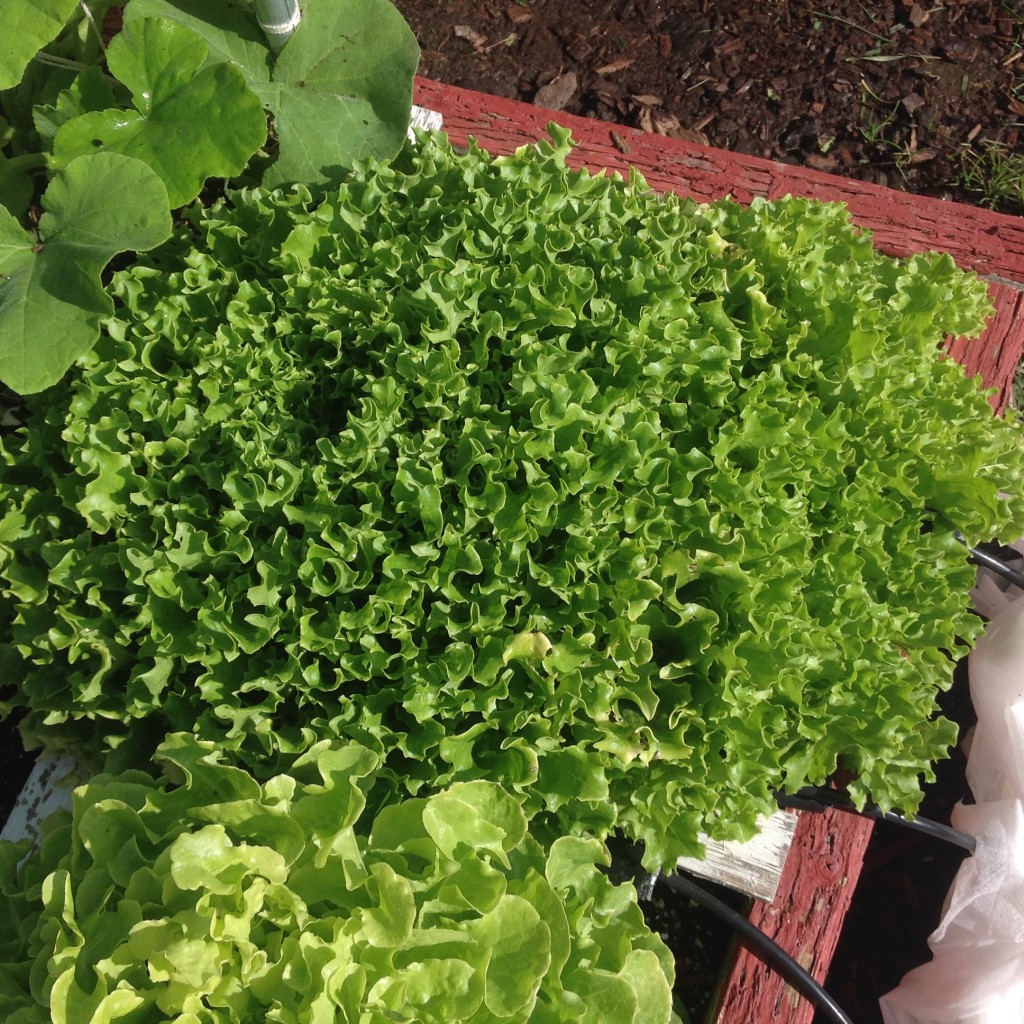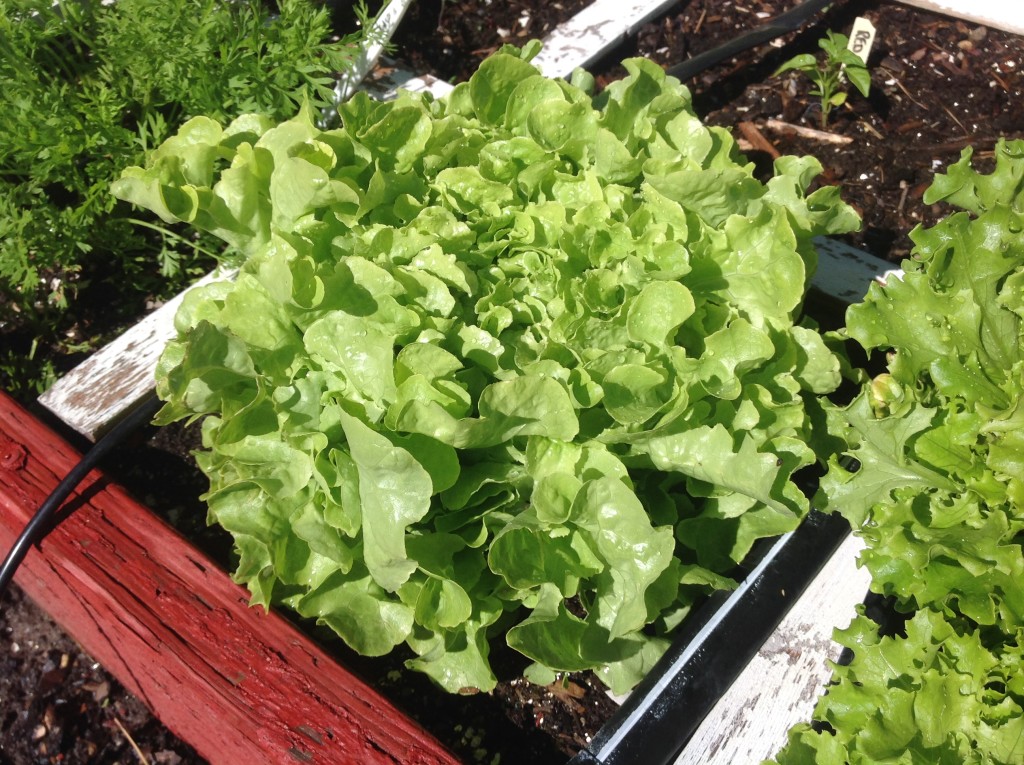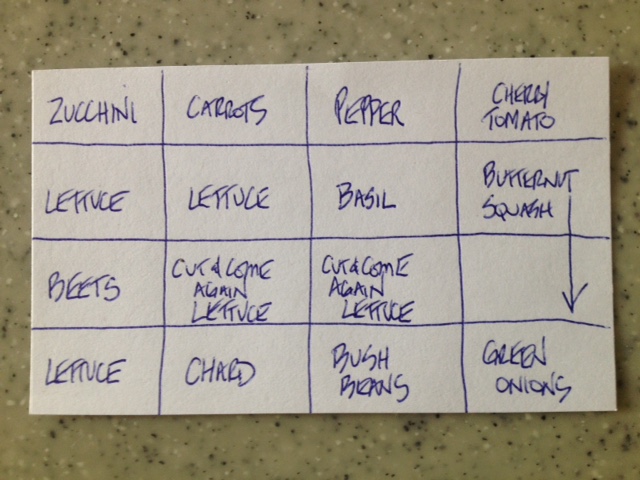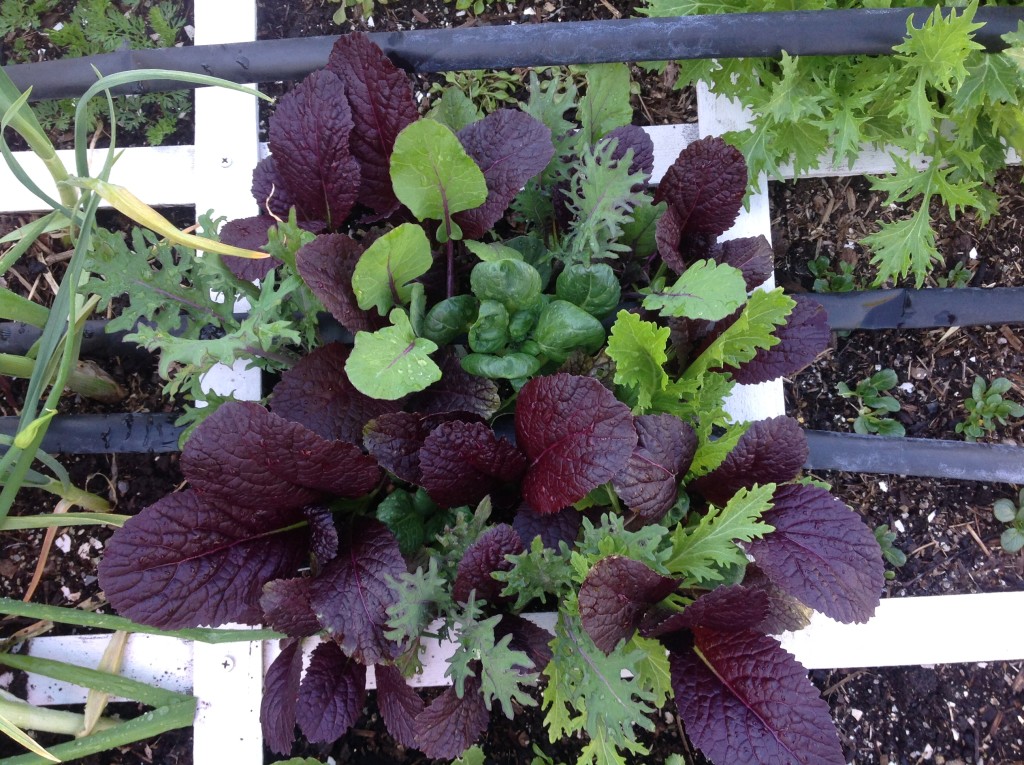Summer has just begun and I’ve heard so many folks already complaining about two things. First-many of their crops aren’t doing very well. Two: the weeding has started! Over time the summer will take care of the crops not growing well-usually. Most of them bounce back pretty well. But the weeding-it will be with them for the rest of the growing season. And people hate to weed! It’s the number one reason people don’t like to garden.
There is no weeding in the square foot gardening system. Why? It’s simple. It starts with the growing medium. Not only is it a perfect mix of ingredients, it also has no weed seed in it. Vermiculite is rock-no weed seed. Finished compost-shouldn’t be any weed seed if done correctly. Peat moss-it’s been sterilized so there shouldn’t be any in that. The only weeds that will end up in a square foot garden are those that have been blown in and found a place to settle down. If you do see a weed the soil is so loose it comes out very quickly. I might weed a total of 20-30 minutes for the entire year. I suppose the other way you may have some weed seed is if your homemade compost wasn’t finished. When compost piles heat up to 140 degrees and higher it kills the weed seed in the unit. If you’re amending your soil with homemade compost and you notice weeds growing after some time, the compost didn’t finish heating up.
The other main reason weeds aren’t a big issue in a square foot garden is the intensive nature of spacing. When items are planted as close as they are in the SFG system it’s difficult for any weed seed to be blown in. This square of lettuce is a good example of that. There is just no room for a weed seed to take root. And by the way, this lettuce is excellent! It’s surprisingly holding up very well in high 90’s to 100 degree temperatures.
Still working on the eBook-how to successfully grow lettuce in warm weather. It’s close. It’ll discuss the techniques that I’ve learned over 15 years that have enables us to enjoy lettuce all year long-even in the hot summers of northern Utah. Nothing like a fresh head of lettuce to go along with vine-ripened tomatoes, cucumbers, green onions, carrots, and swiss chard.[ois skin=”1″]





